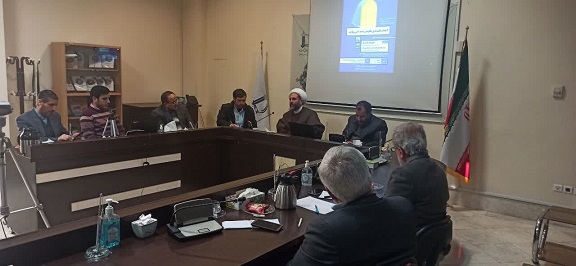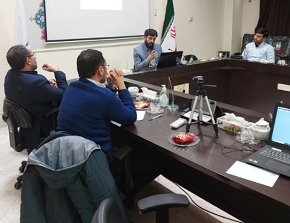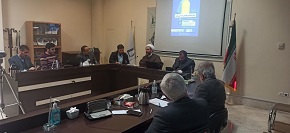
The Center for Pilgrimage and Tourism Studies of Ferdowsi University of Mashhad hosted the first meeting to review the requirements and strategic aspects of drafting the National Pilgrimage Document.
In this meeting, Dr. Bankipour, a member of the Supreme Council of the Cultural Revolution and representative of the people of Isfahan, mentioned pilgrimage as a culture-building concept which can address cultural gaps as well as the declining social capital of the country. He also stated that despite some cultural limitations of our country compared to Persian Gulf countries in attracting foreign tourists, it is possible to utilize the capacity of pilgrimage, which, of course, depends on the development of tourism infrastructure including transportation, accommodation etc. in pilgrimage sites especially the city of Mashhad.

In the continuation of the meeting, Hojjat al-Islam Gonabadinejad, the deputy of Khorasan Razavi Governor for Cultural, Social and Pilgrimage Affairs also considered the National Pilgrimage Document as an opportunity for the development of pilgrimage infrastructure. He pointed out that despite the population of approximately 350 million of Twelver Shia Muslims in the world, there has been no law or document concerning world's Shiites in the field of pilgrimage since the Islamic Revolution. Drawing on the latest statistics which indicate that Iran receives 7 million foreign tourists annually, he said, “If we focused on the issue of pilgrimage and attracted even 10% of the world's Shiites pilgrims, we would have 30 million foreign tourists each year.”
In the end, a Q and A session was held.





